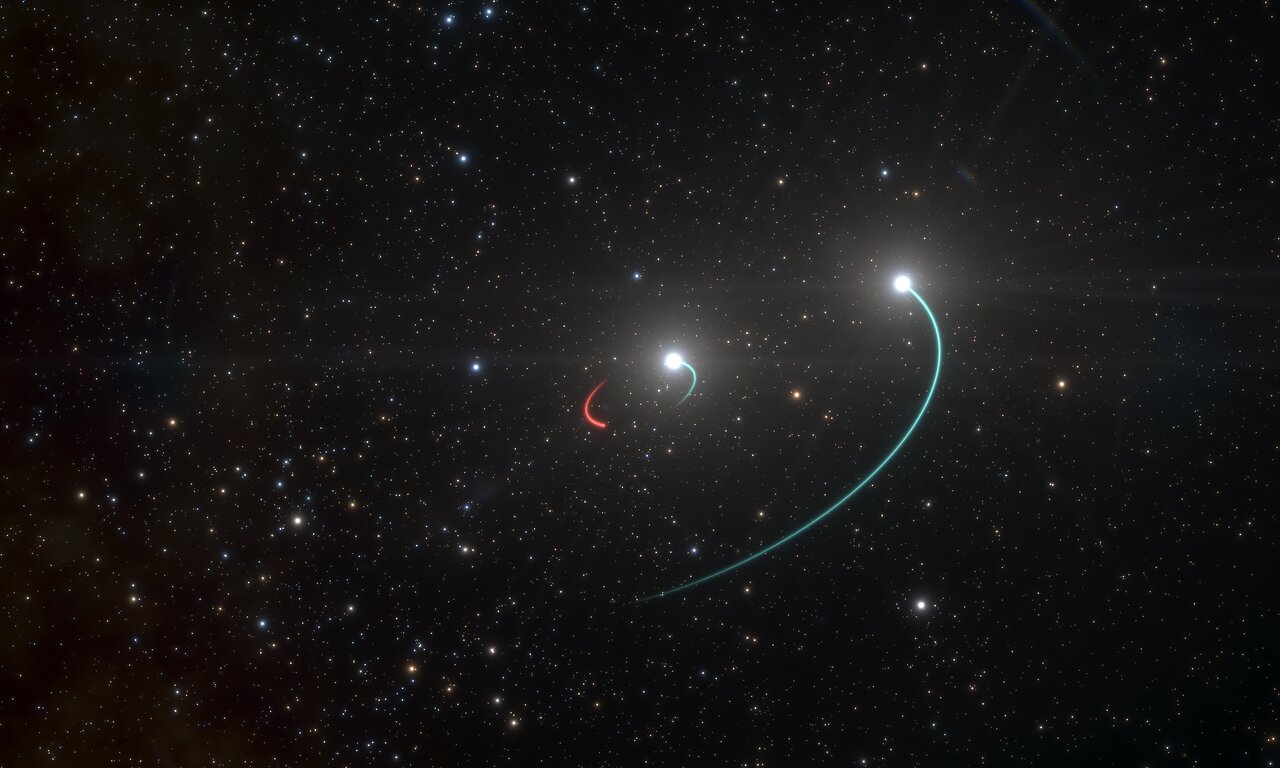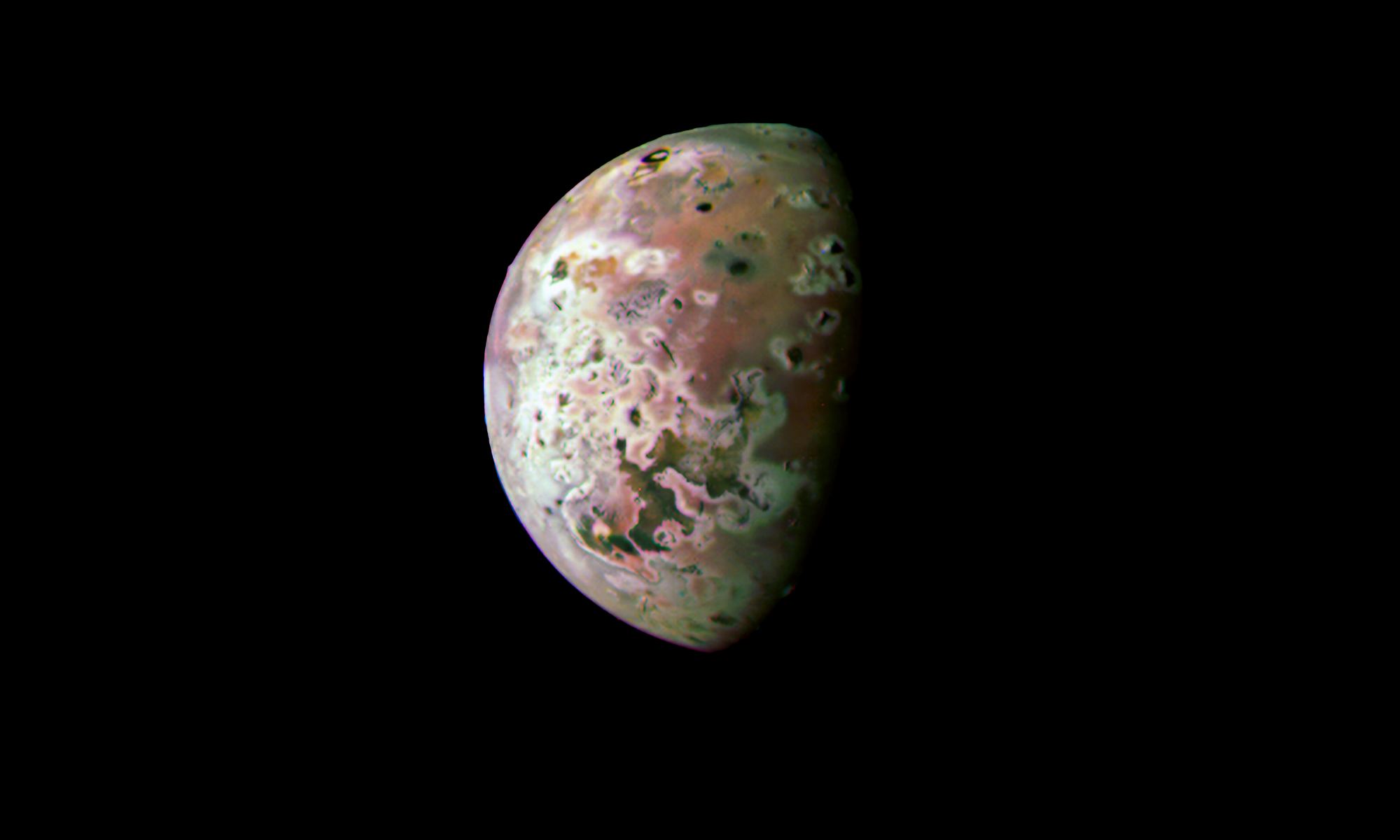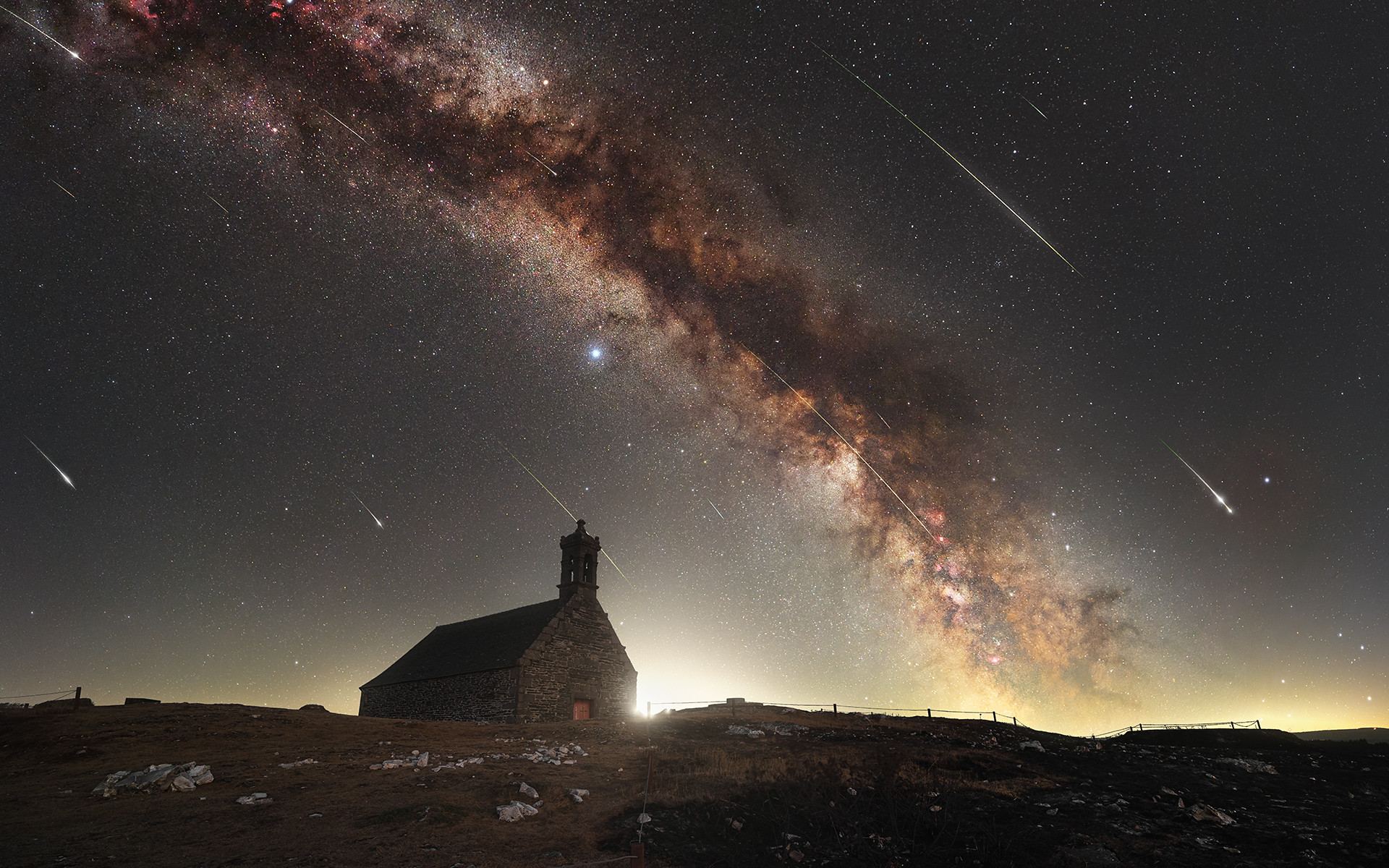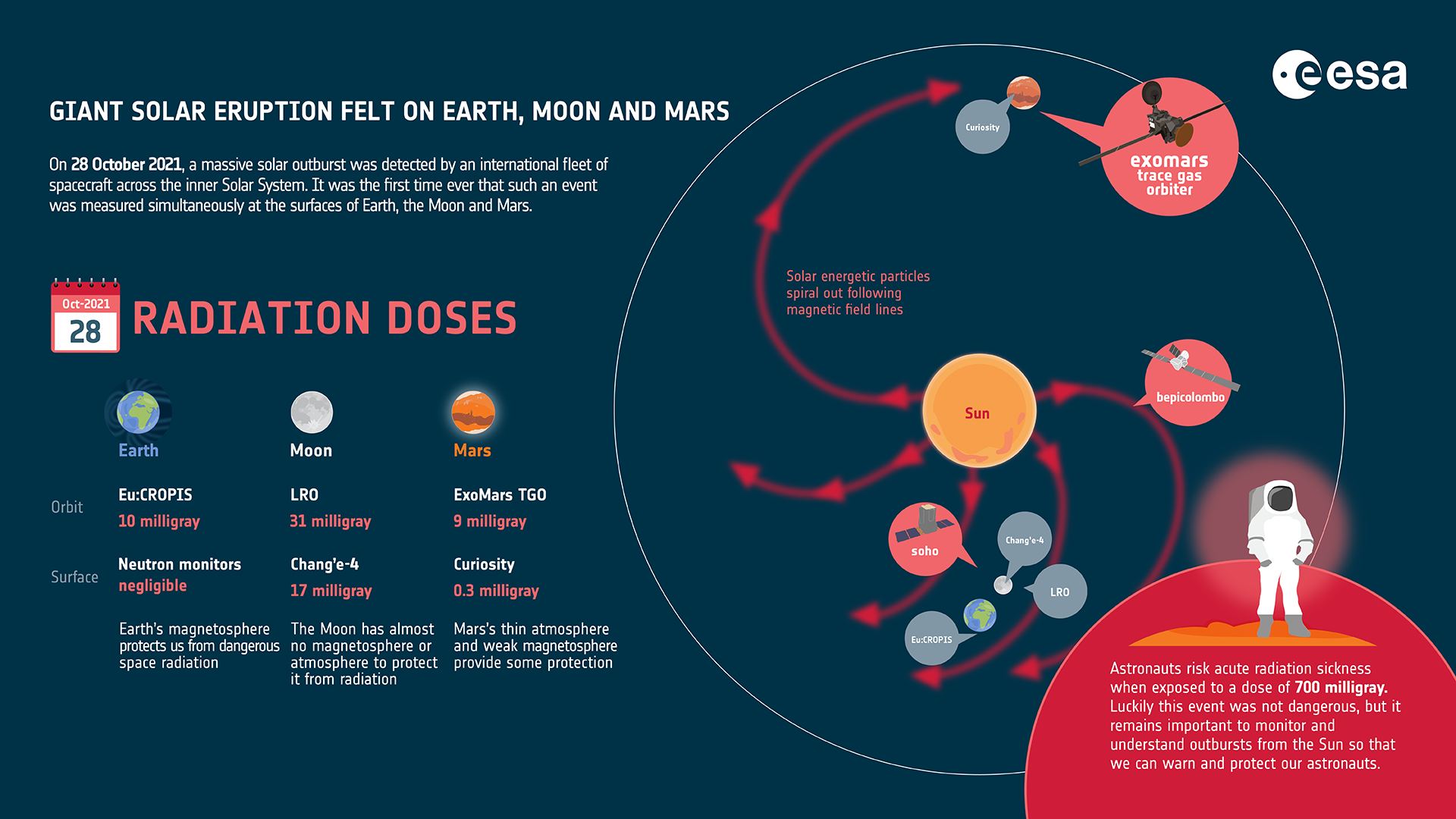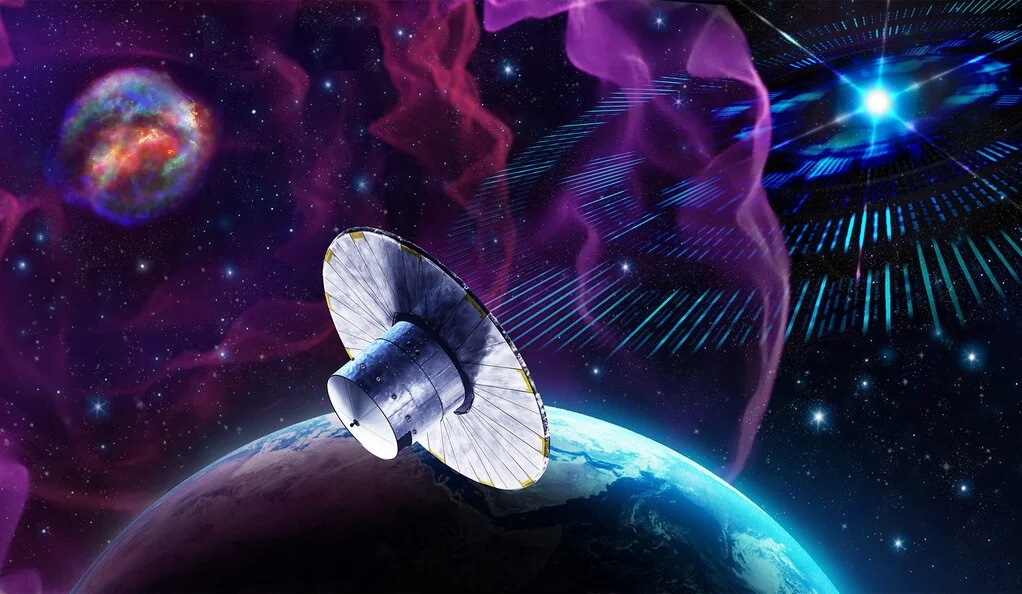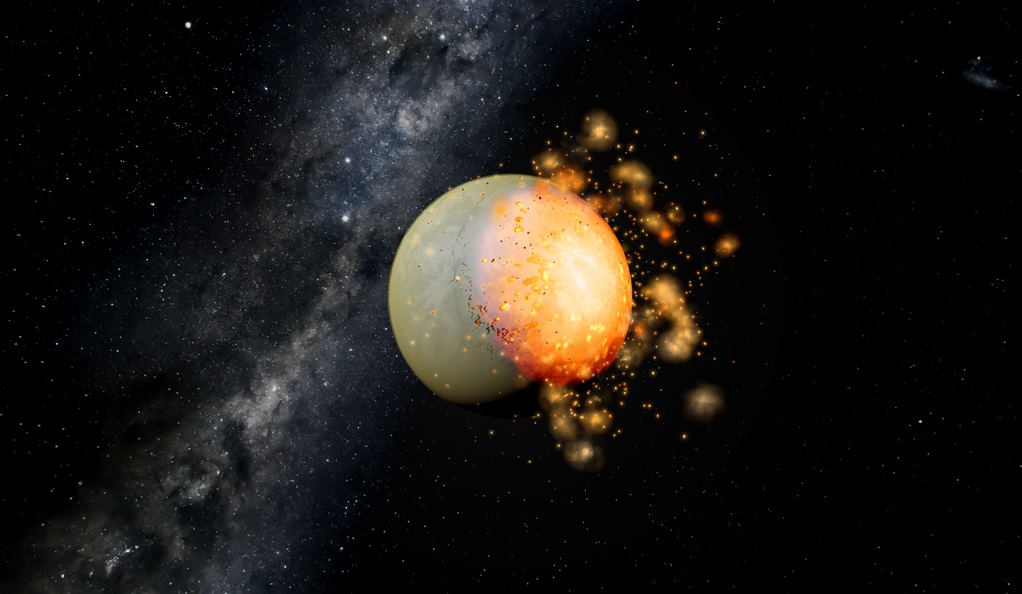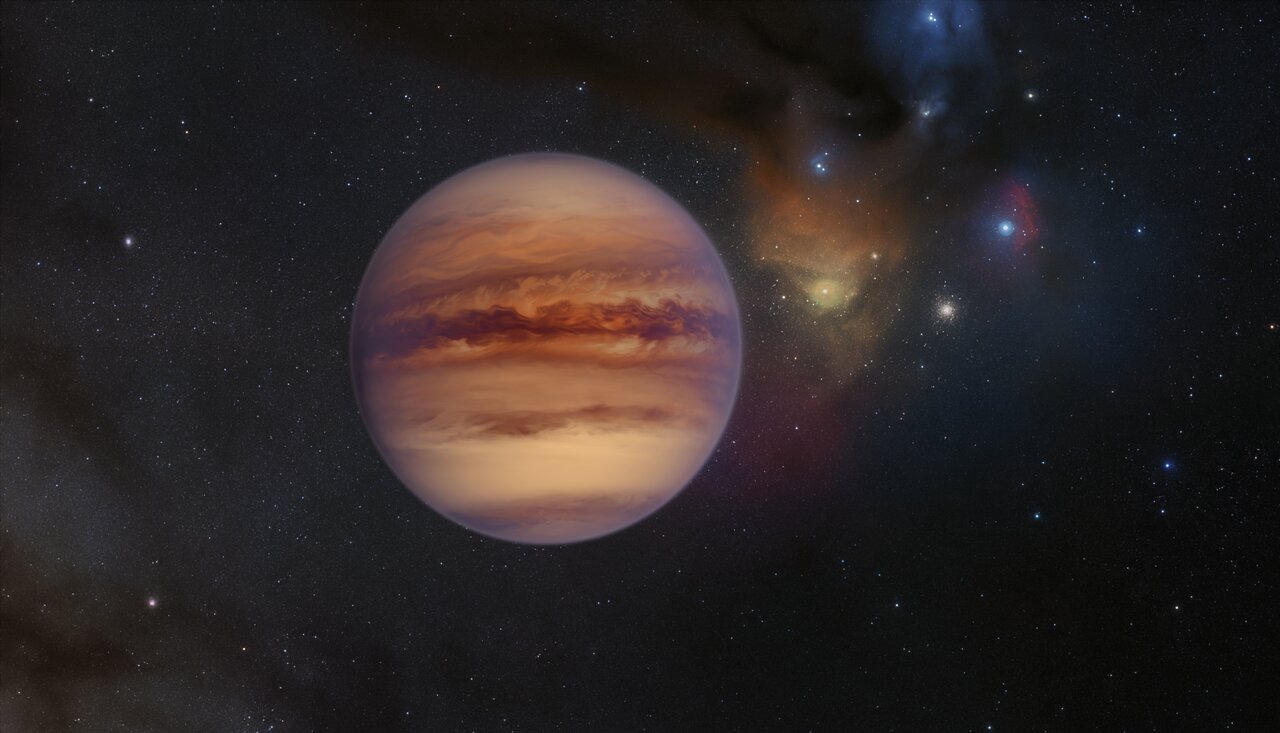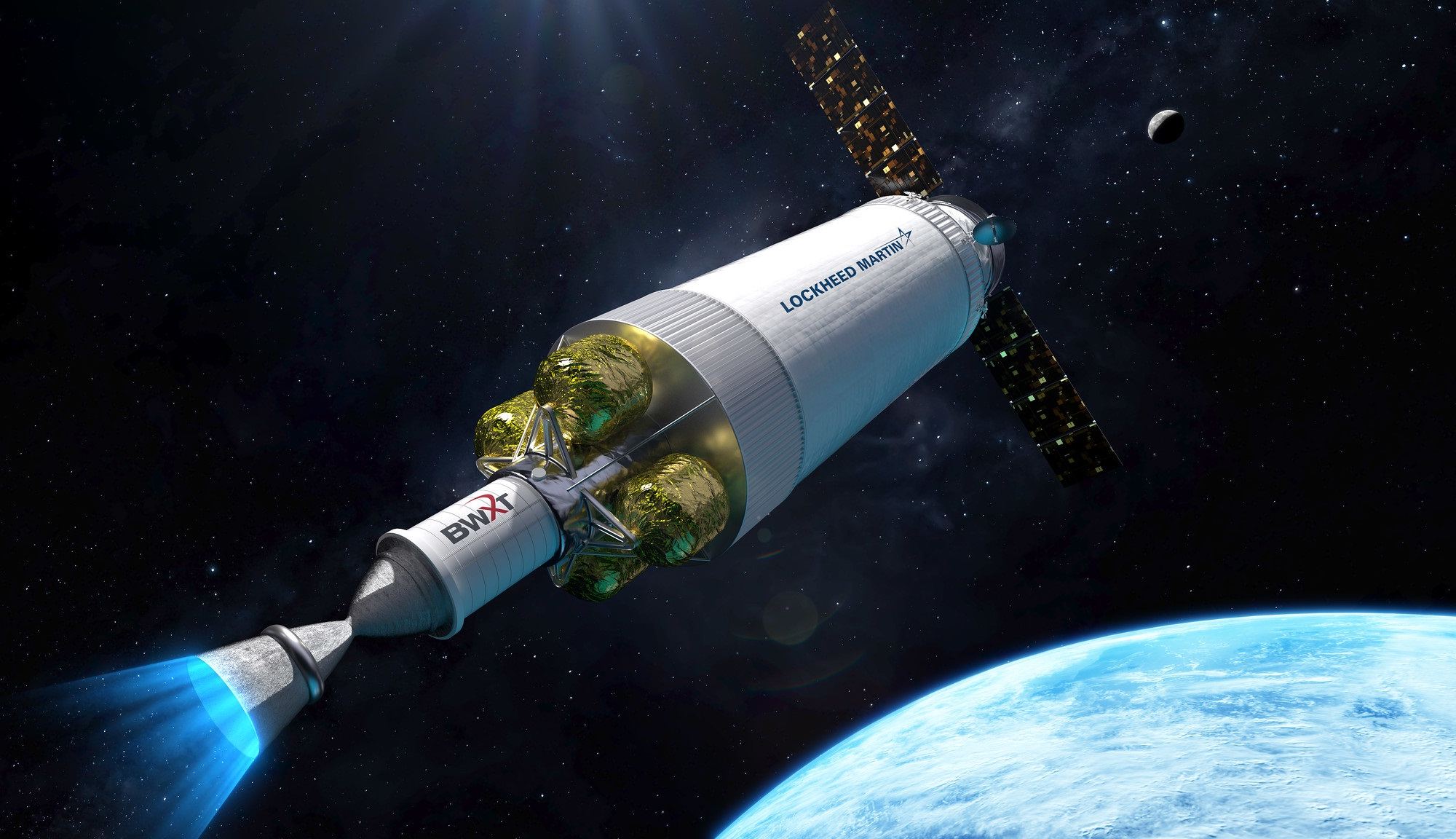In a surprising find, the international ALMA Survey of Orion Planck Galactic Cold Clumps (ALMASOP) team recently observed a young quadruple star system within a star-forming region in the Orion constellation. The discovery was made during a high-resolution survey of 72 dense cores in the Orion Giant Molecular Clouds (GMCs) using the Atacama Large Millimeter/submillimeter Array (ALMA) in Chile. These observations provide a compelling explanation for the origins and formation mechanisms of binary and multiple-star systems.
Continue reading “Astronomers Find a Newly-Forming Quadruple-Star System”Astronomers Find a Newly-Forming Quadruple-Star System
